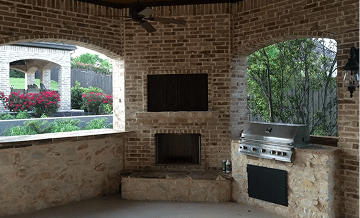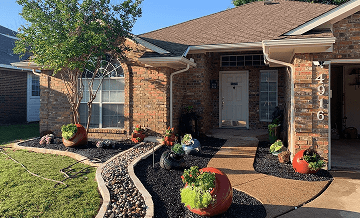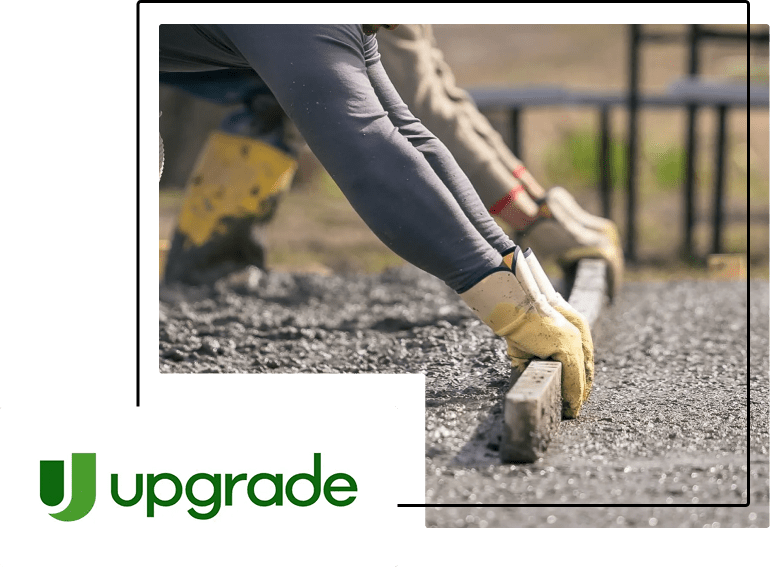If you were impacted by the recent North Texas storms and need assistance, please click here.
At VIP General Contractors, roofing isn’t just another job; it’s our specialty. We work with various materials and roof types, offering services for both residential roof replacements and commercial flat roof repairs. Whether you need emergency roof repair after a storm or an affordable tile roof replacement in Dallas, our experienced team is here to help.
Roof Replacement: Residential and commercial roofs age differently based on materials and weather exposure. Our team will evaluate your roof and recommend the best options for replacement, whether you're interested in asphalt shingles, metal roofing, or eco-friendly options.
Emergency Roof Repair: Storms can cause unexpected damage, from hail to high winds. Our emergency repair services provide immediate solutions to secure your home or business.
Roof Inspections and Maintenance: Regular inspections help catch minor issues before they become costly repairs. Our detailed inspections cover every aspect of your roof to ensure it remains in peak condition.
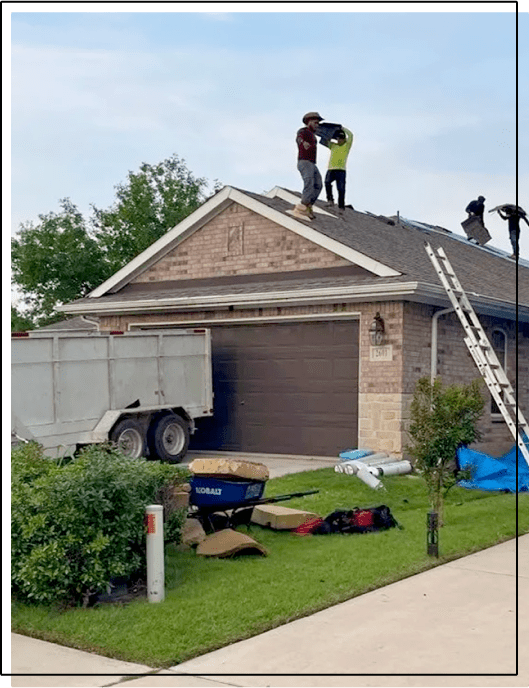
When disaster strikes, VIP is ready. Our emergency team specializes in fast, expert repair of fire, water, and wind damage—helping homeowners and businesses recover quickly and safely.
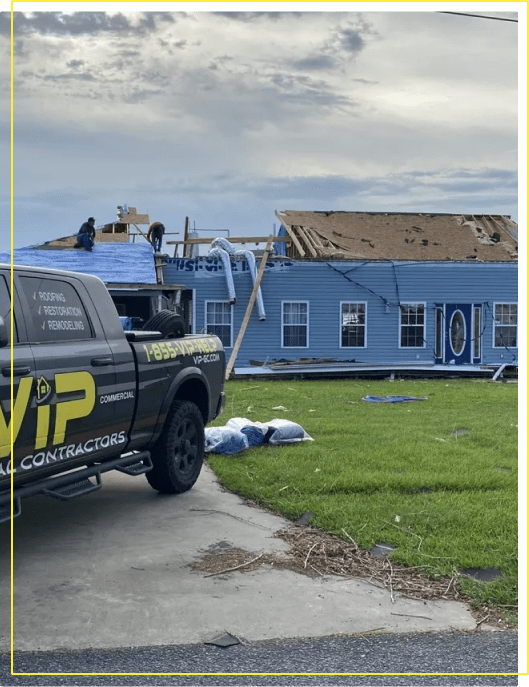
We remove smoke, soot, and structural damage caused by fire, restoring your home or business safely and efficiently—so you can get back to normal faster.
From burst pipes to flooding, we handle water extraction, drying, and full restoration to stop further damage and prevent mold growth.
Storms can wreak havoc on roofs, siding, and windows. Our team responds quickly to secure your property and make necessary structural repairs.
